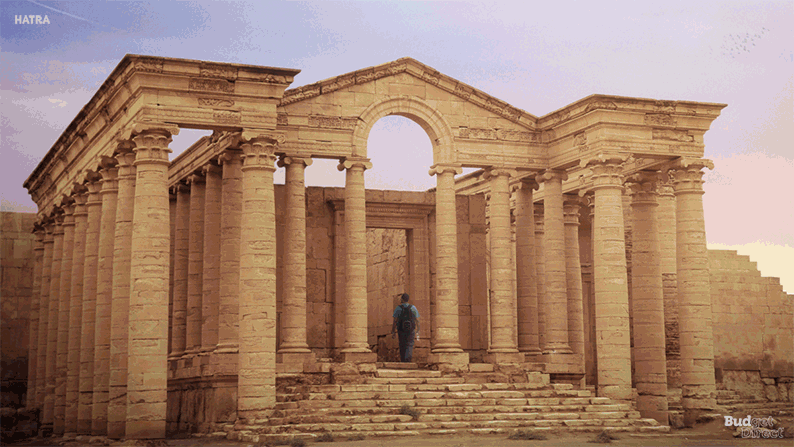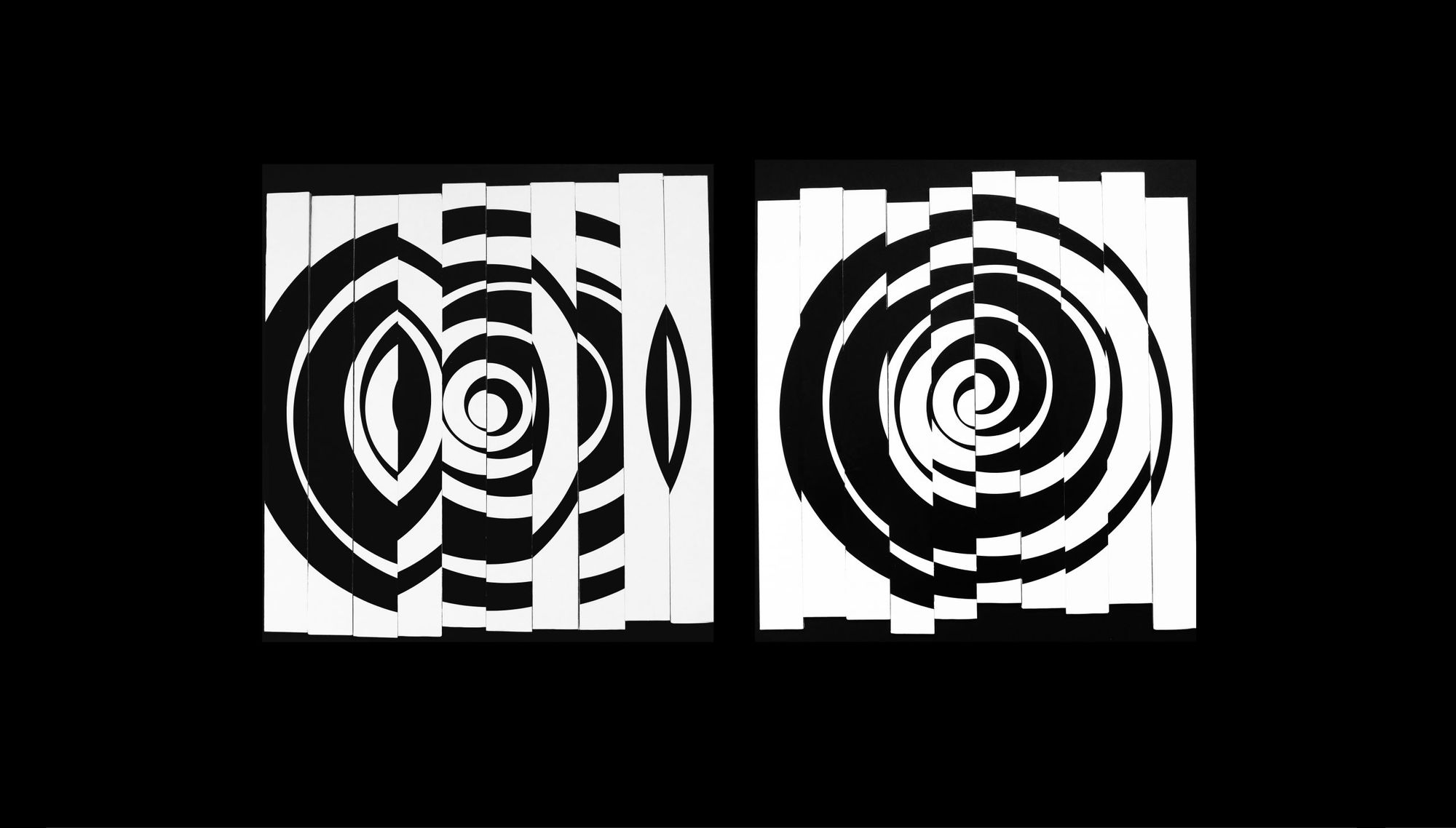The pandemic meant a turning point for which public education was not prepared, and moving the materials into the online space not only posed challenges for the teachers, but the students, too. The designers also started to focus on designing platforms and practices supporting education, and on how the reception of difficult theoretical materials can be facilitated by exciting graphic design solutions both offline and online. However, the forced transition to online generates even more digital content in our otherwise visually overloaded everydays, which may have a negative effect on both our ability to concentrate and our personal development. This year’s graduating designers who looked for their research topics on the field of skills development, psychology and education examined issues like these, and started projects fostering critical thinking, visual education and the development self-awareness.
Design is everywhere, may it be in a visual, physical, spatial, digital form or in the shape of an event. It is about our everyday objects, formal and technological experiments, about social responsibility, visual education, local values, modernity, processes triggering change and many other things that define our everydays, the image perceived of our environment and society at the same time. To showcase this, we hand-picked our favorites from the diploma projects of this year’s graduating designers of Hungarian art universities: Moholy-Nagy University of Art and Design, the Media and Design Department of the Visual Art Institute in Eger, Budapest Metropolitan University and the Institute of Applied Arts of the University of Sopron. Our Best of diploma 2020 article series will thematically present a group of the most exciting works of Hungarian designers each week.
Melinda Döme – MORYC
(Visual Art Institute Eger)
In our present day overloaded by visual stimuli, both children’s and adults’ ability to concentrate is impaired, which may pose severe difficulties in certain development phases, for example when learning to read and write. Melinda Döme focused on visual attention, and based her diploma project titled MORYC on this research. MORYC is a visual development package intended for children, the aim of which is to develop visual skills, including the ability to differentiate and observe, and the recognition of the relationship between figure-background, part-whole as well as space and depth perception. All parts of the game consist of four geometric shapes: circle, triangle, square and cross. The effect of clean geometric elements is also enhanced by the absence of colors: the contrast of black and white dominates the game visually. The package includes a memory card, a smaller and larger optical puzzle and 3D cubes.
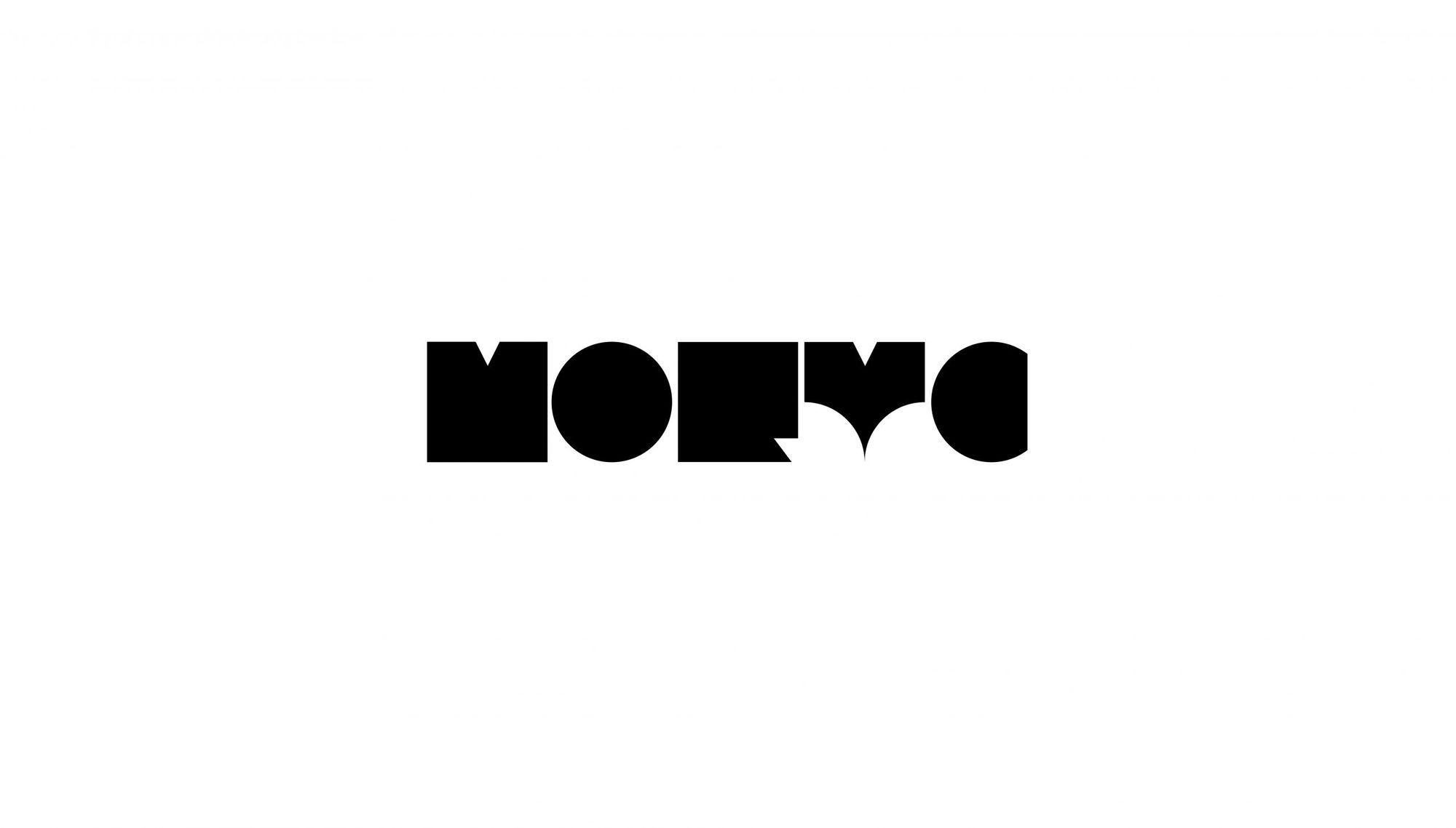
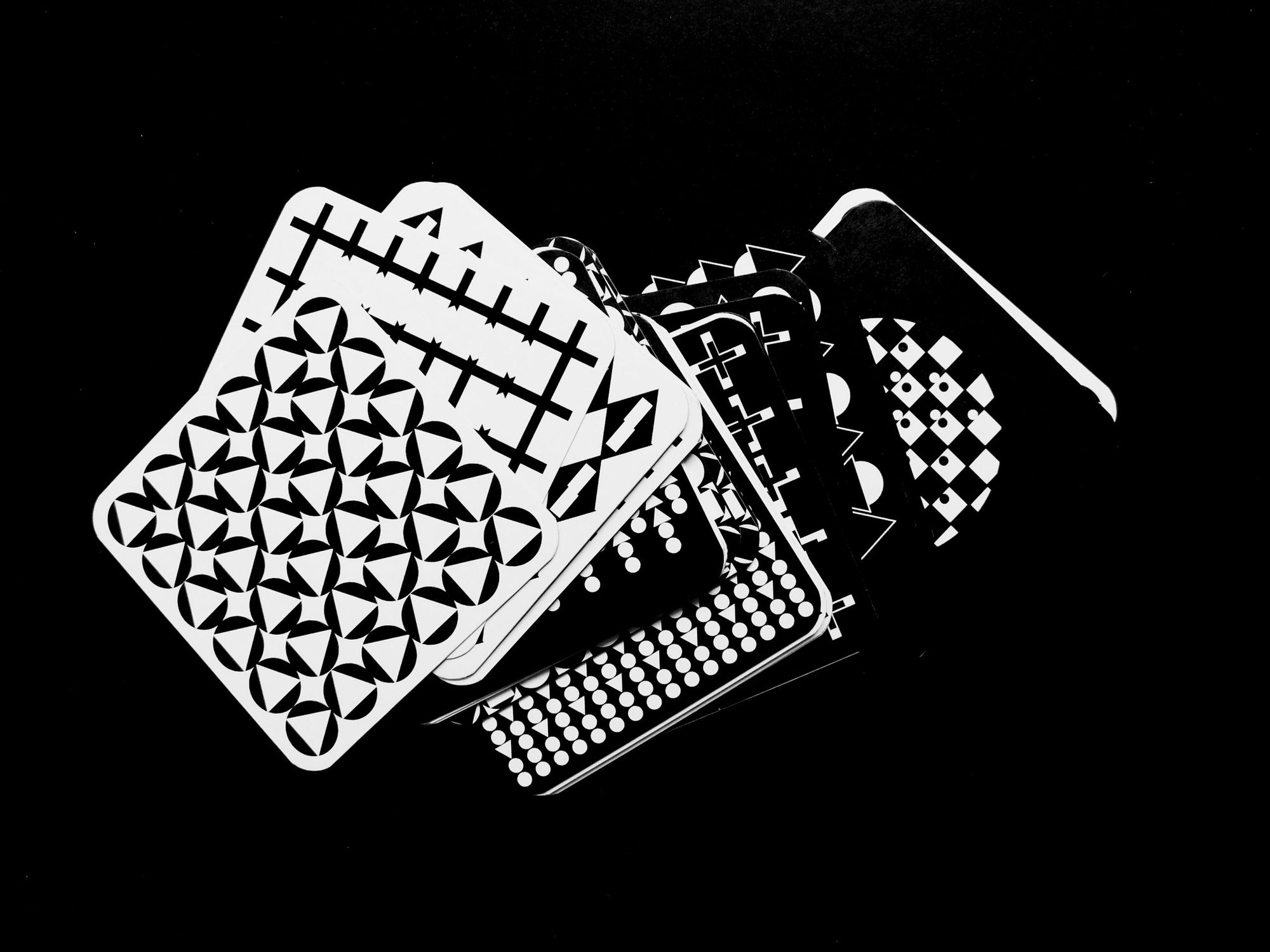
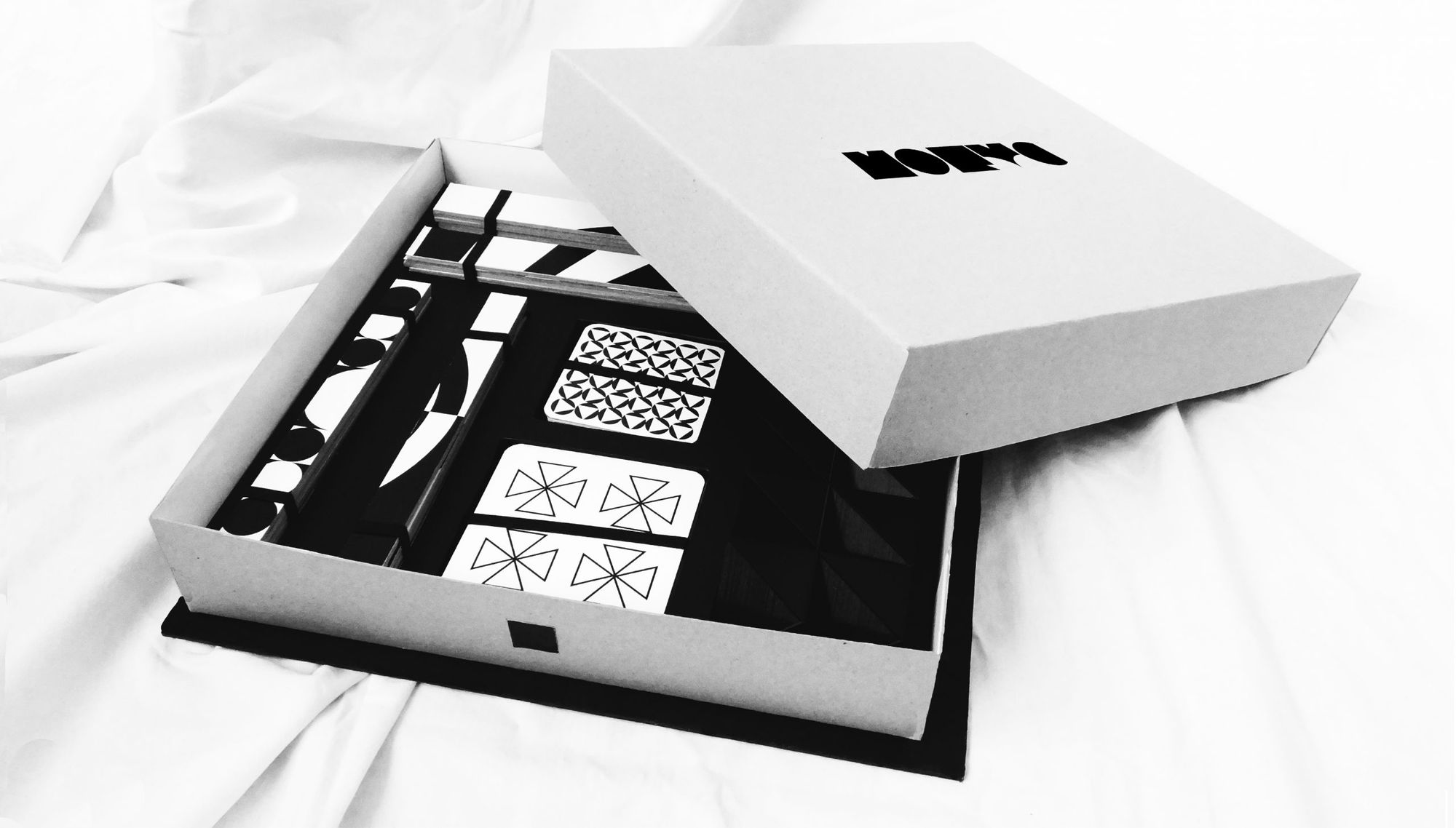

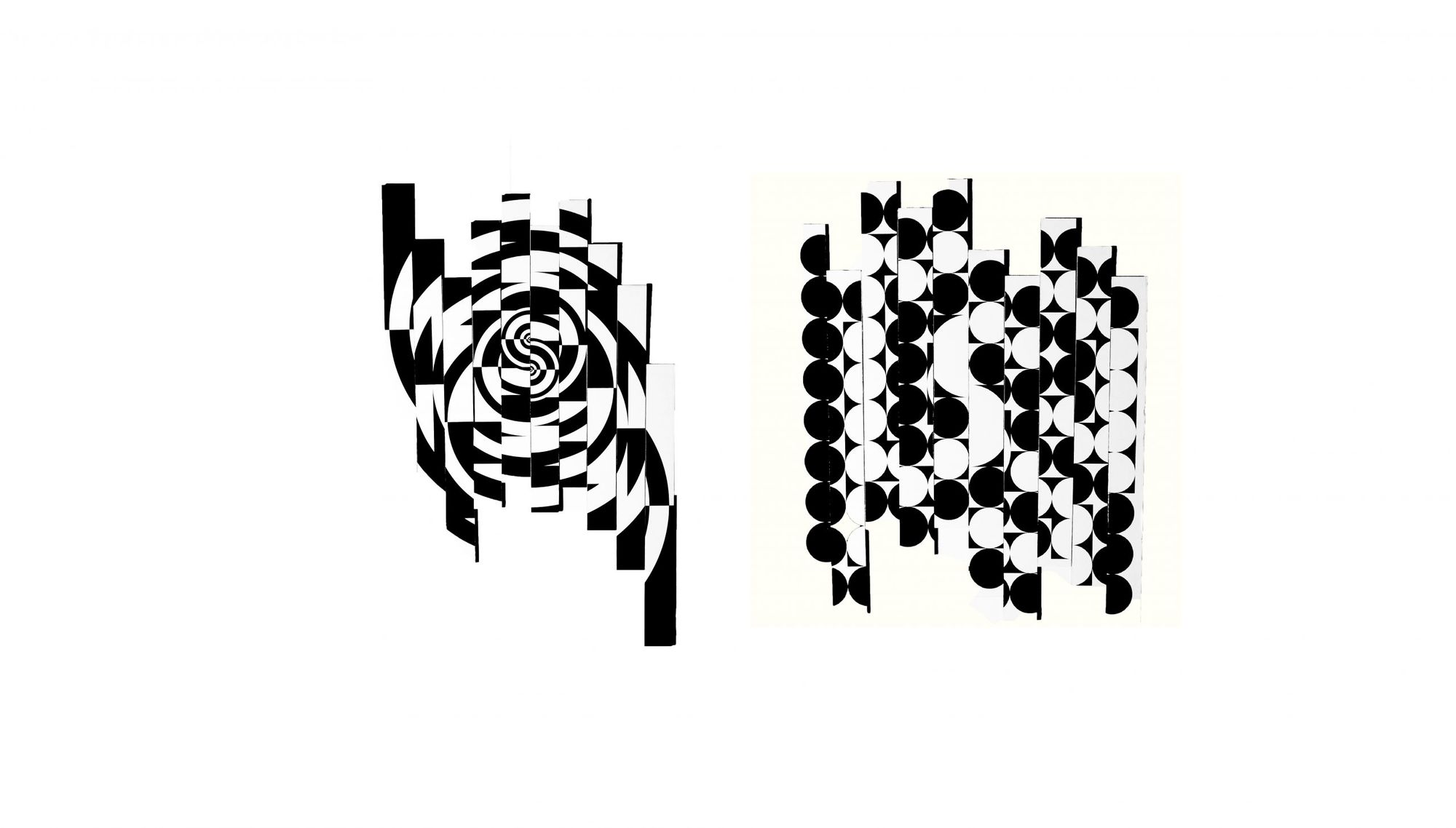

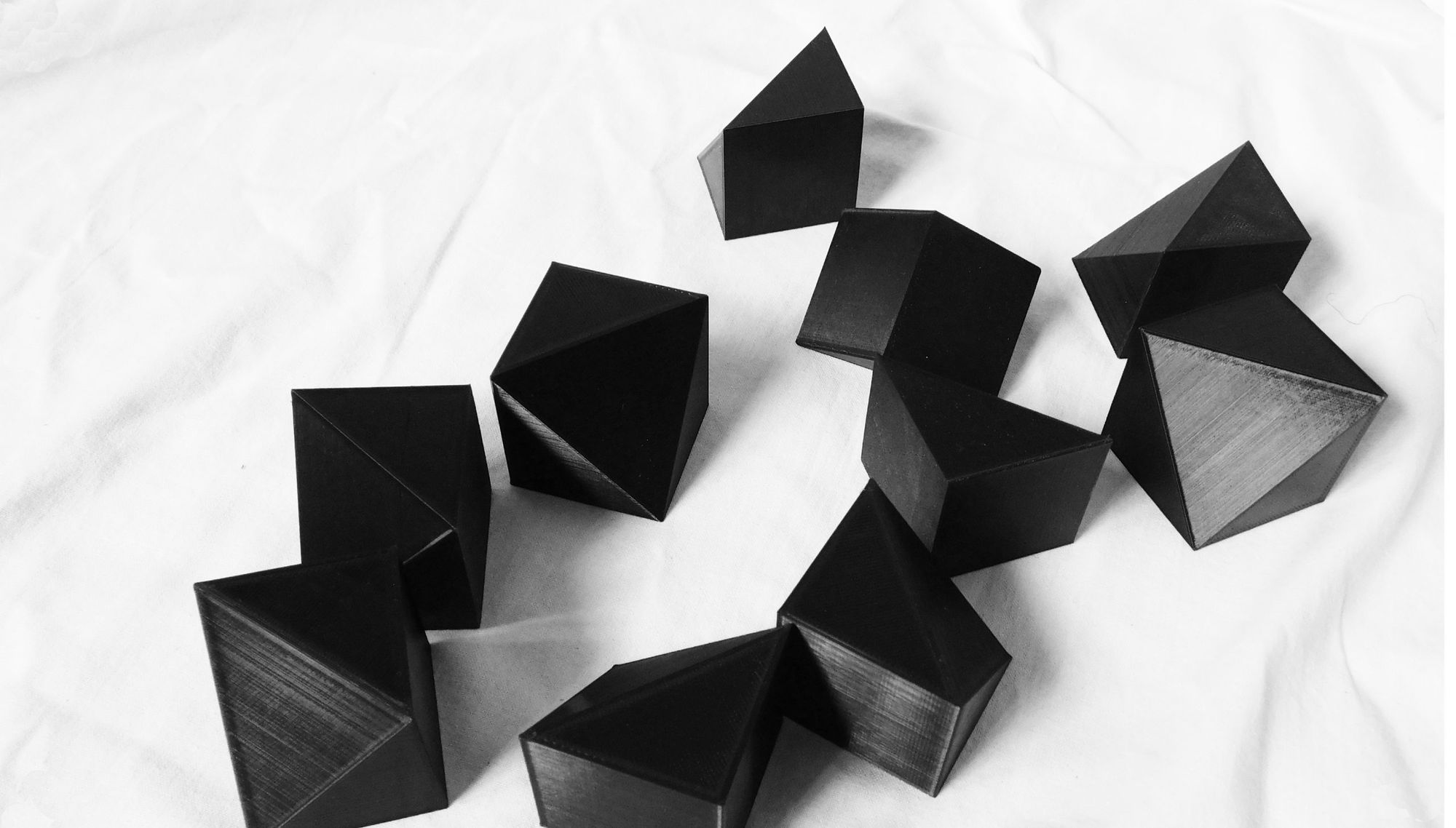
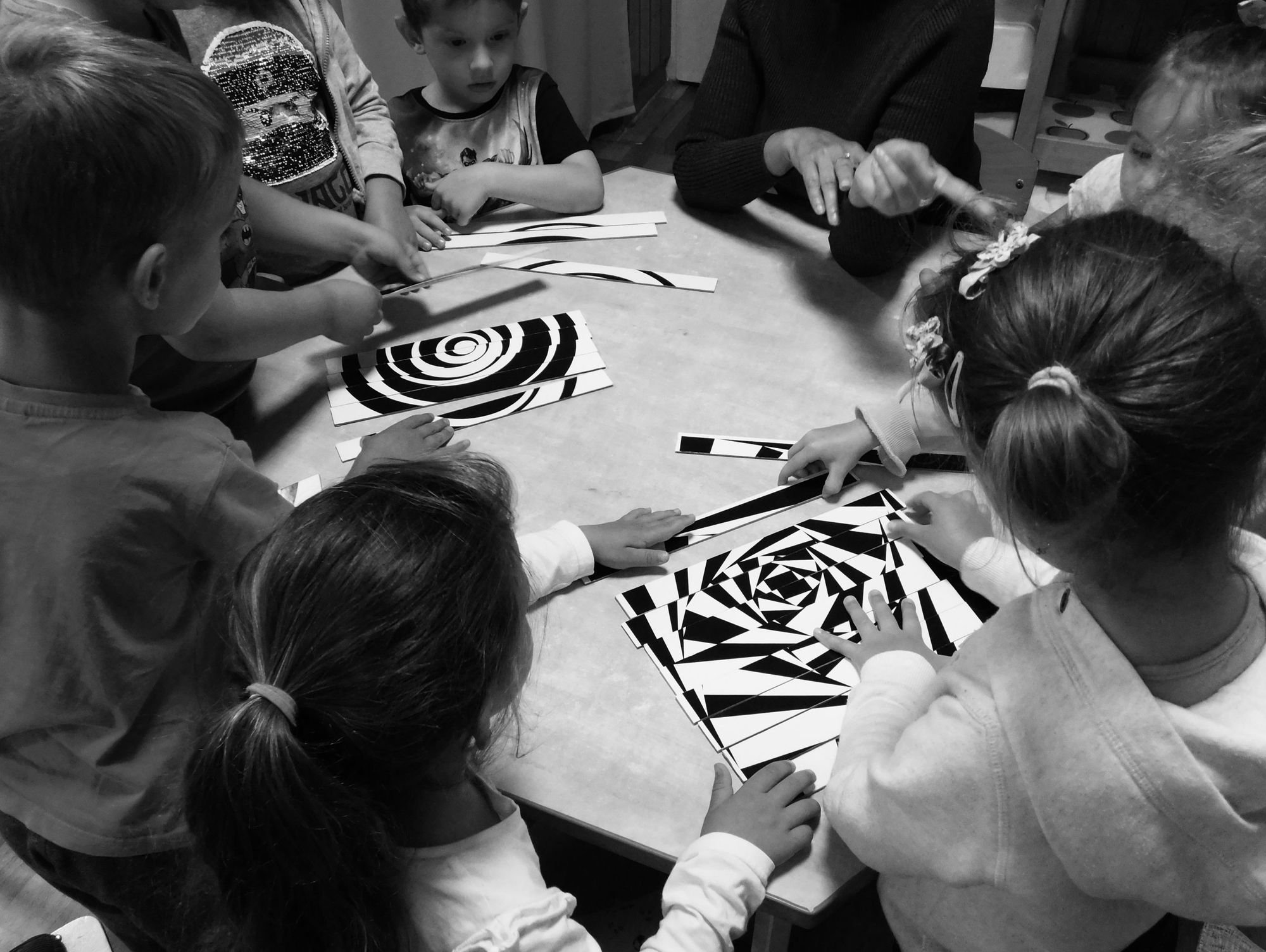
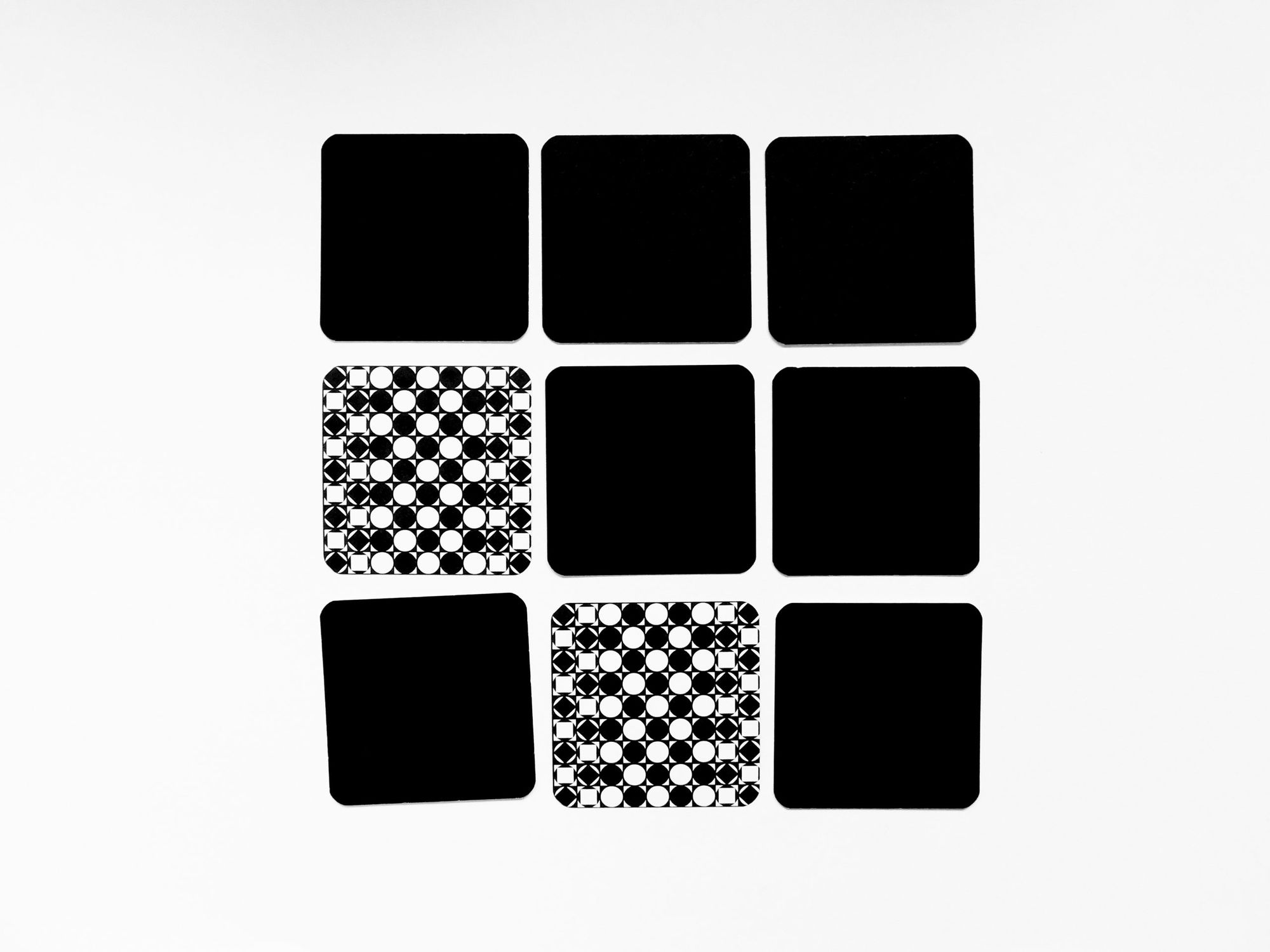
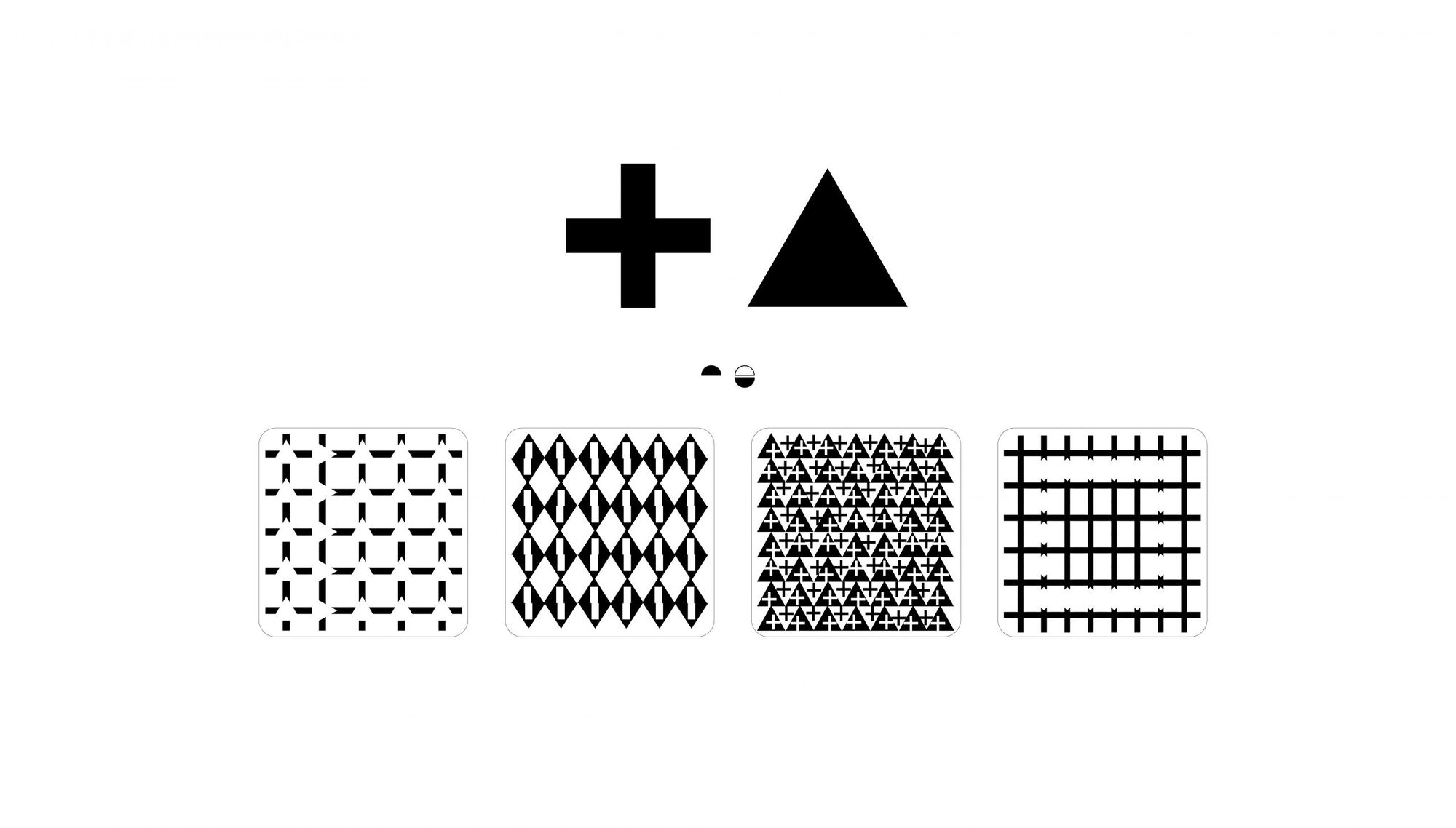
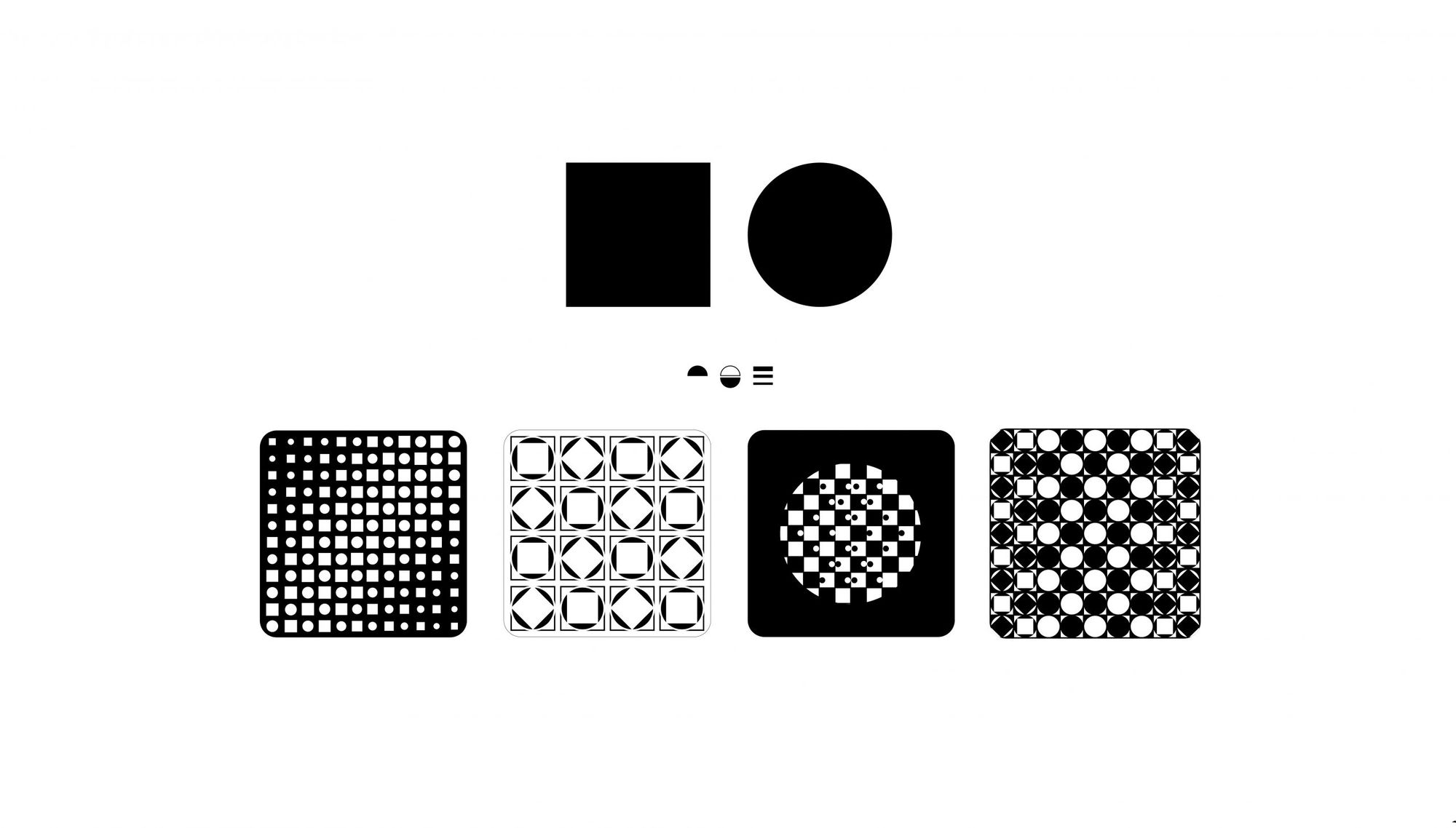
Melinda Döme | Web | Instagram | Behance
Gábor Kozma – COLO
(Moholy-Nagy University of Art and Design)
Even though those working in the art scene have a deeper knowledge of color theory, what the majority of us has is a fading memory from high school about Johannes Itten’s almost sixty-year-old study at best, frequently used by today’s textbooks as a reference (1). Gábor Kozma proposes to freshen up the education of color theory with his application titled COLO. In addition to the online materials, the otherwise abstract and sometimes hard to understand color theory is made more experience-like by the interactive illustrations. With the help of COLO, the theories about color mixing, color contrasts, the nature of light or the relationship between colors, shapes and sounds come to life on narrative figures. In addition to COLO’s operation as a continuously updated platform that can include new concepts related to color theory, the project is also an experiment on how the challenges of digital education can be tackled in a playful and exciting manner.
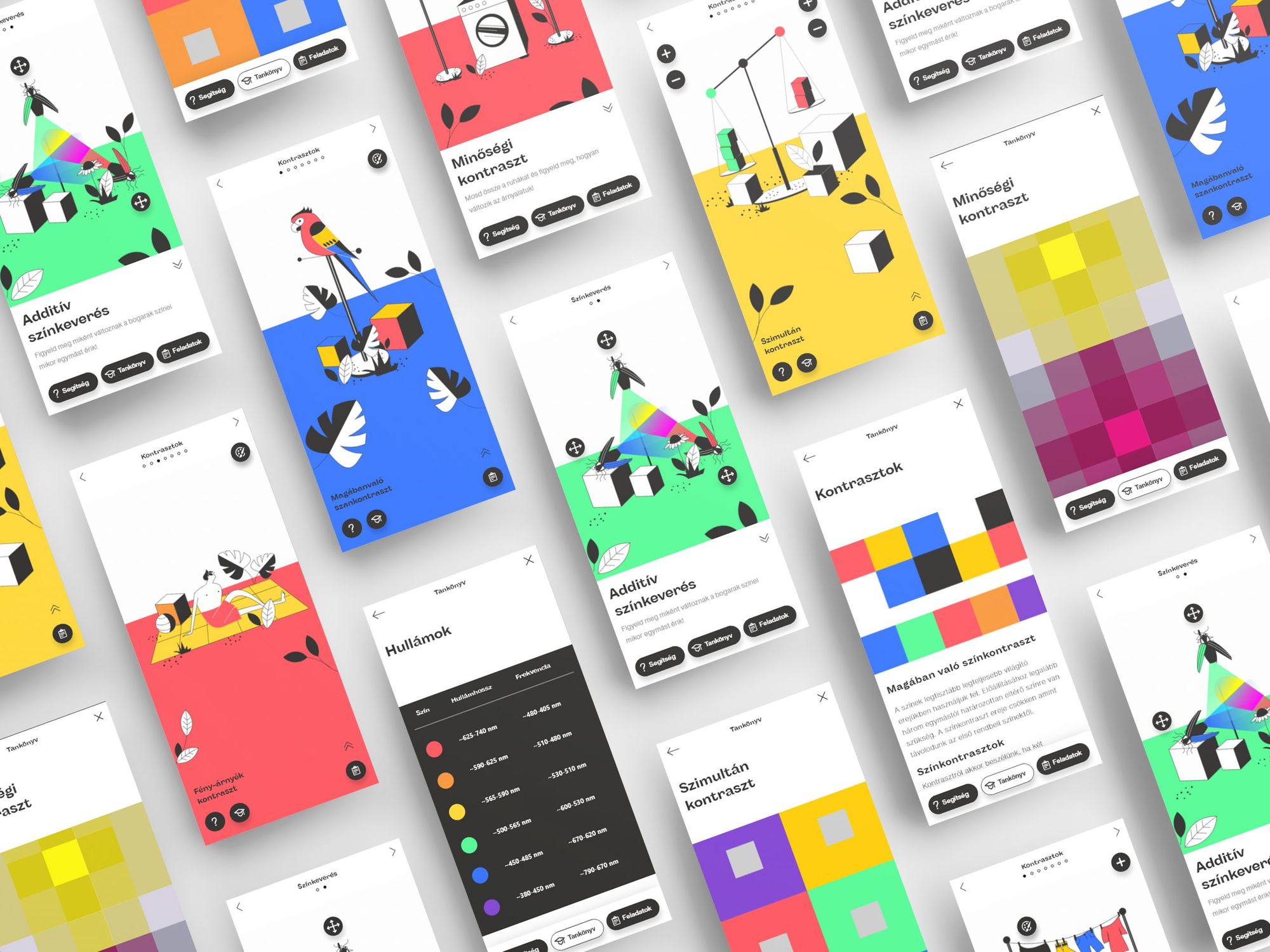


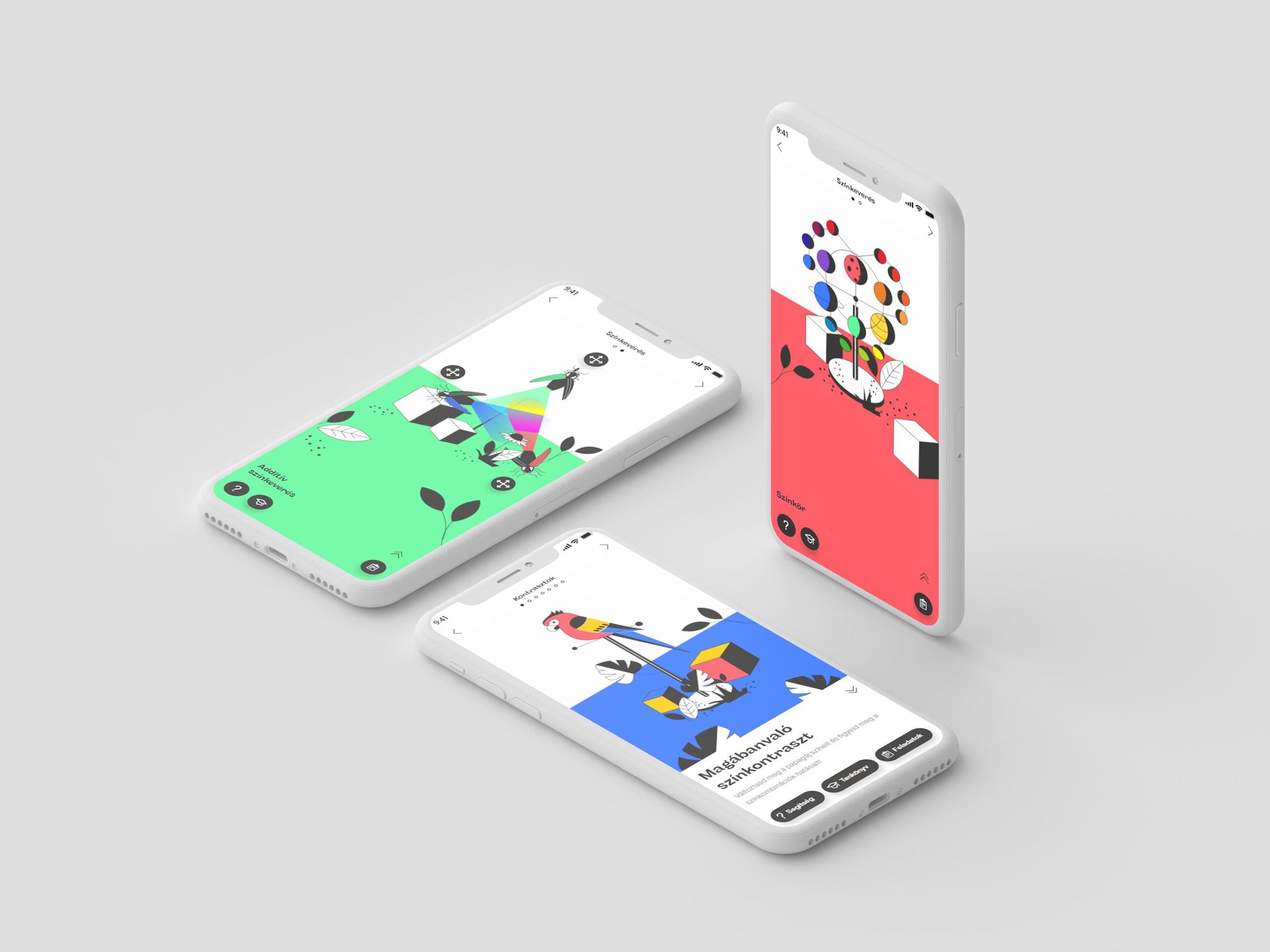
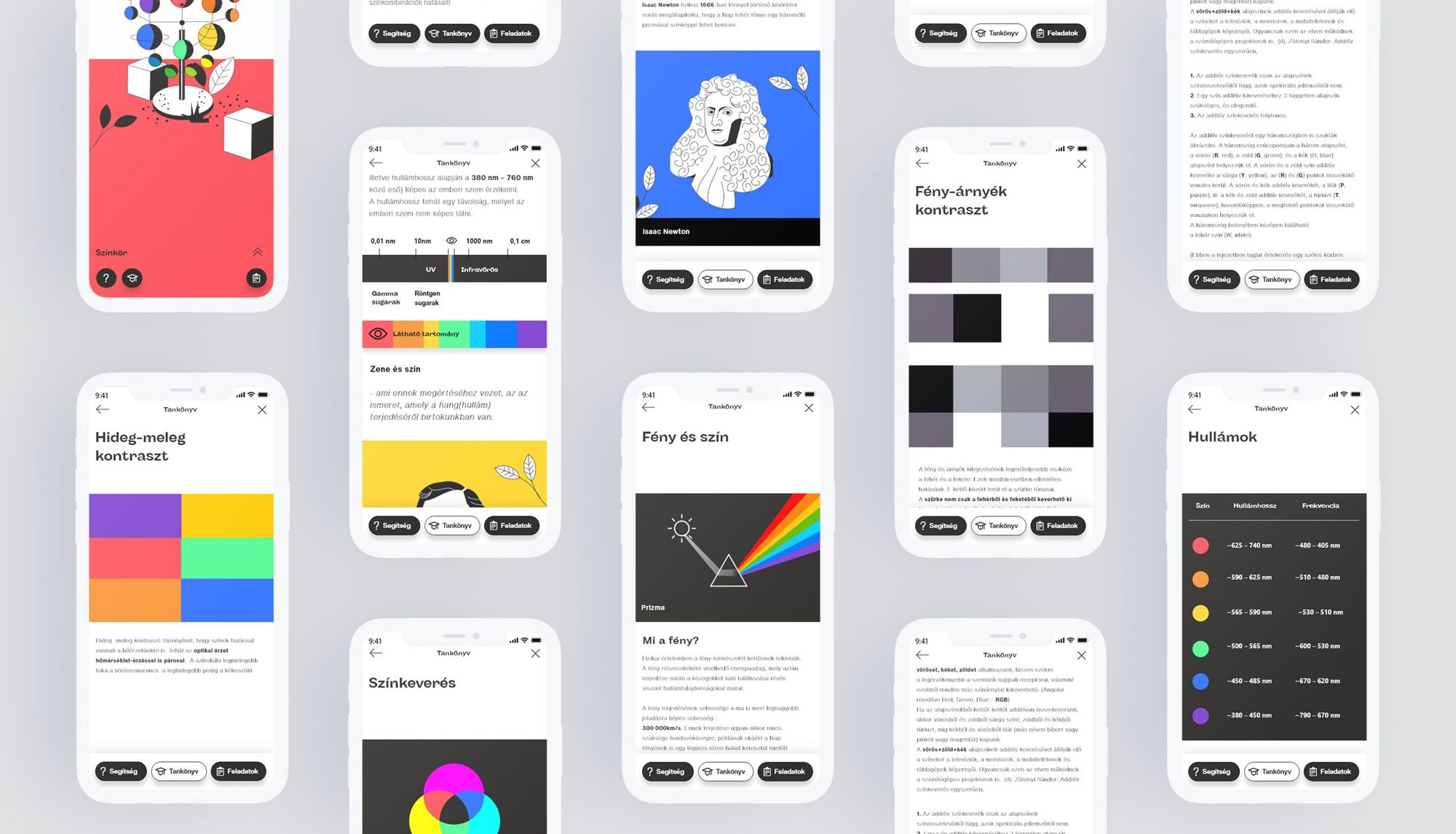
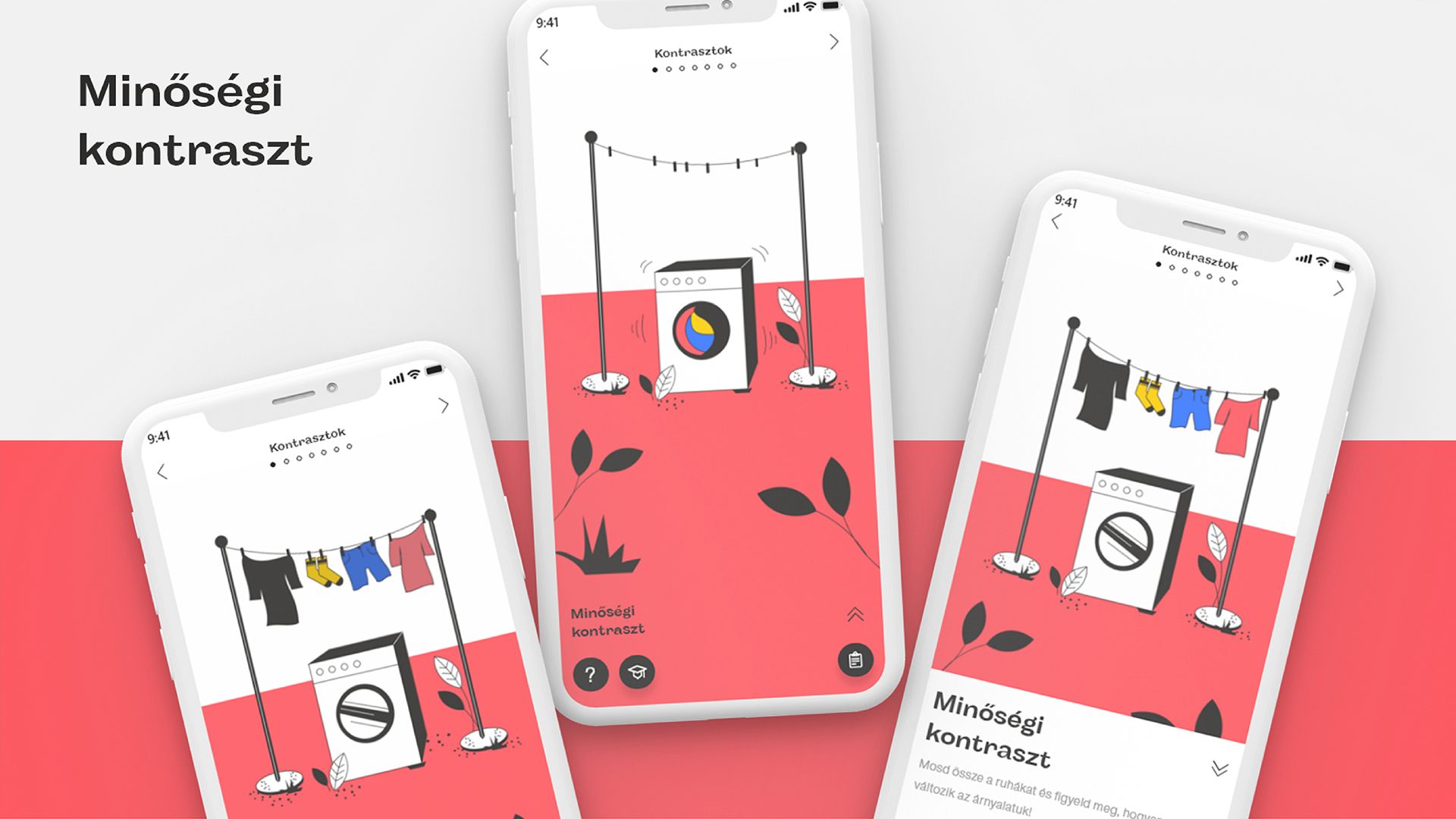
Gábor Kozma | Instagram | Behance
Laura Lőrinczy – DISCO /Five books about personality types/
(Budapest Metropolitan University)
The diploma project titled DISCO is built on the DISC personality typology developed by psychologist William Moulton Marston, which may form a solid basis for understanding ourselves and others and for conforming to each other. Four of the five books (D, I, S and C) offer an insight into basic behavior types, while with the last book (O, or “origo”) the designer complemented the repertoire to provide an insight into the background of the theory. The colors assigned to the various behavior types (red, yellow, blue and green) play a central role in the book. These belong to the English words dominant, influent, steady andcompliant forming the DISC abbreviation. With the illustrations resembling infographics, the photos as well as the hand-written quotes, the literature processed (originally a reading containing only a few visual elements) becomes more colorful and easier to comprehend. By dividing up the book and the visual world reflecting on the content, in addition to the representatives of the profession, laymen can also explore human features, the strengths of their own and their peers, as well as the individual development possibilities.
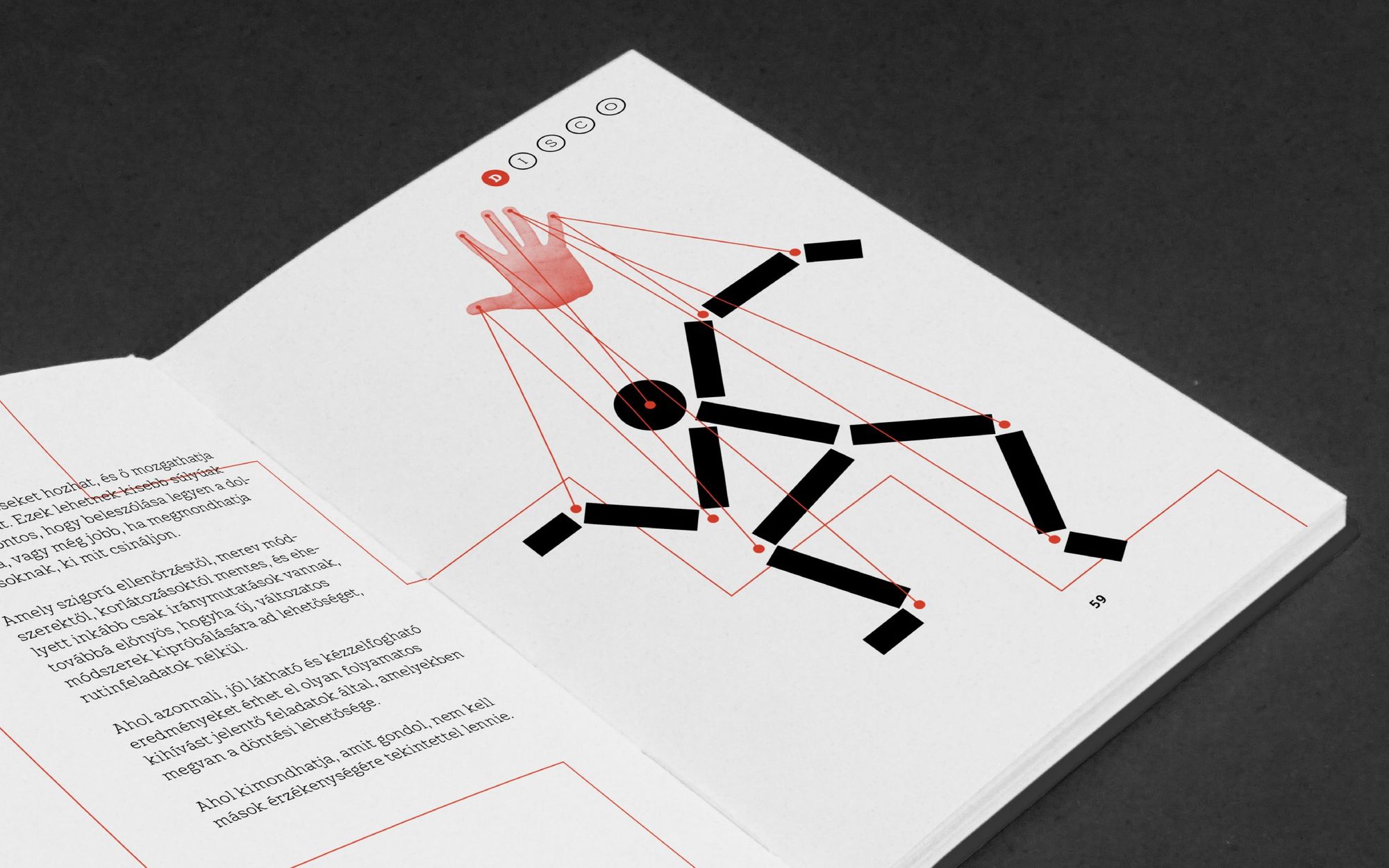


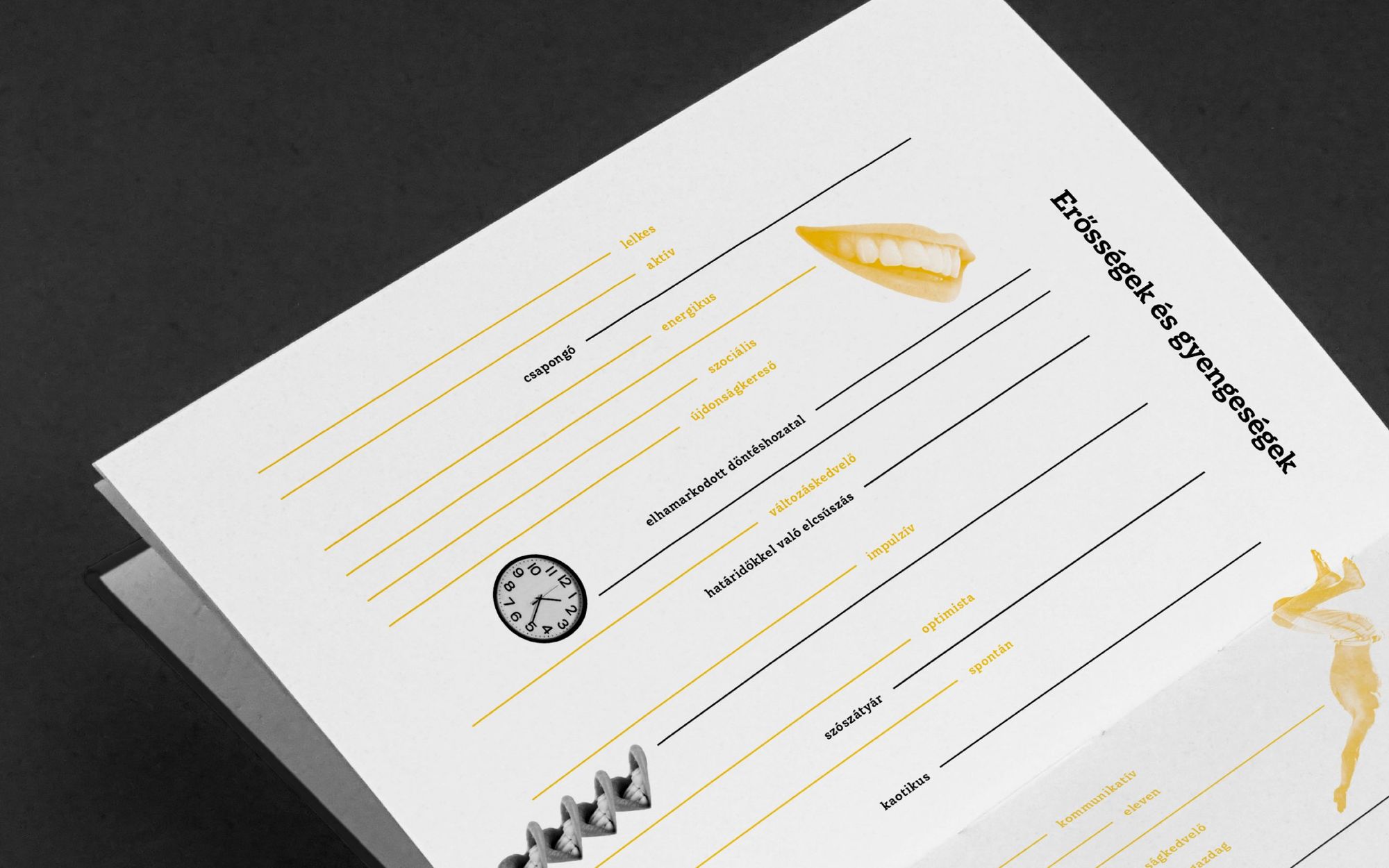
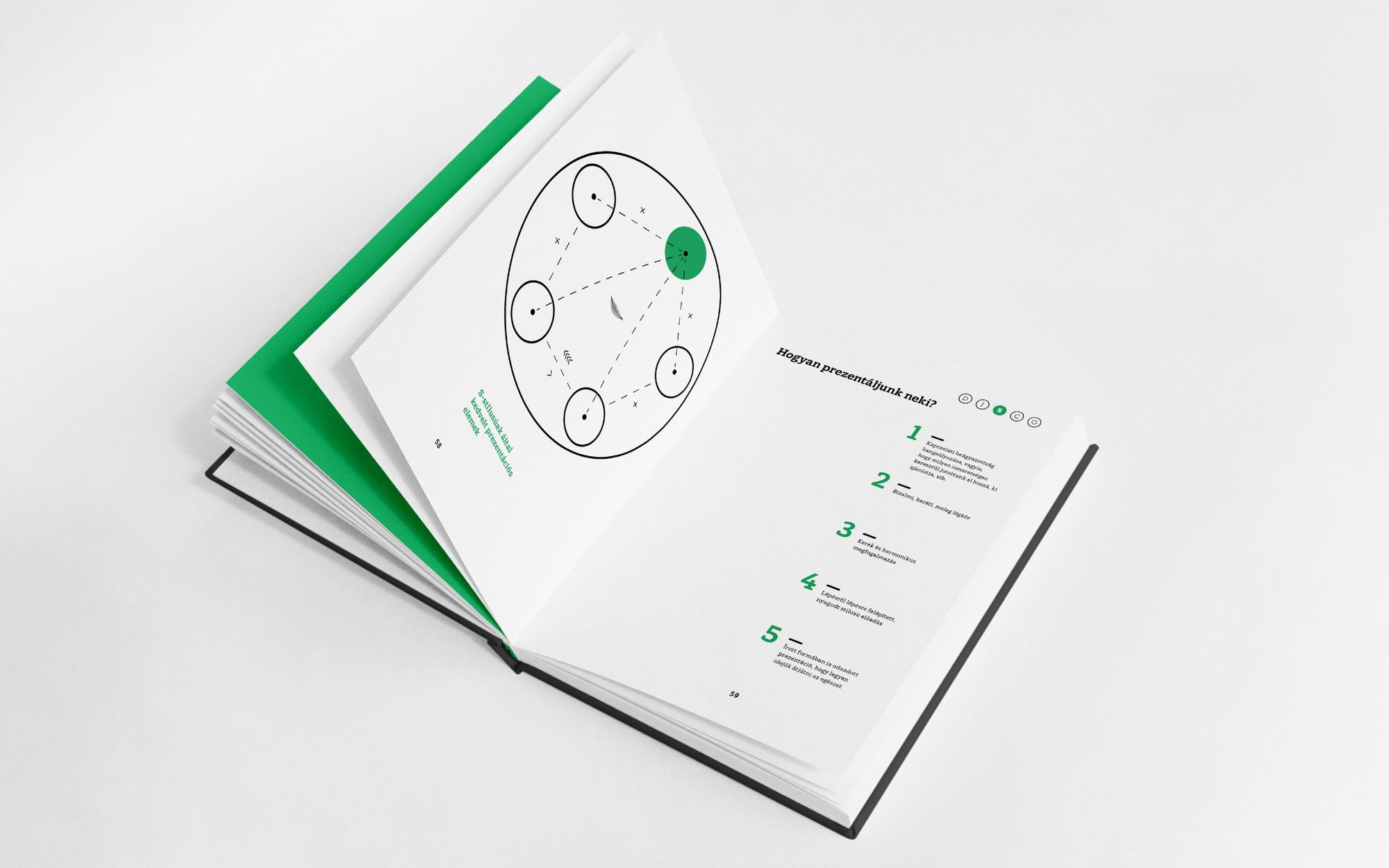
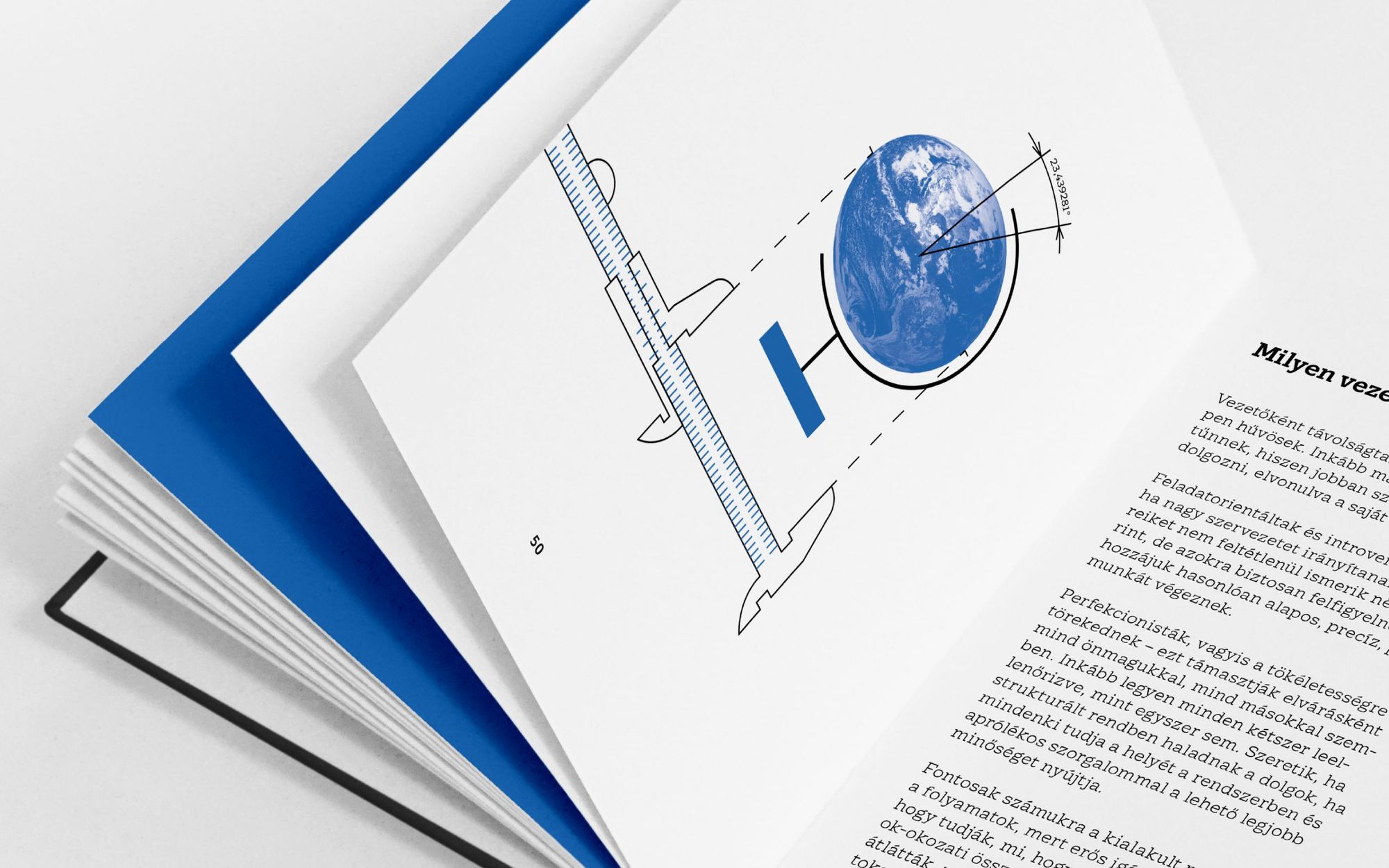




Laura Lőrinczy | Instagram | Behance
Rebeka Erdei – Threaded to you
(Moholy-Nagy University of Art and Design)
As a designer and art therapist, Rebeka Erdei designed an art therapy tool for her own profession that promotes bead collage as a form of therapy. The method originates from US art therapist Lisa Kay, and its essence is that the participants of the therapy can demonstrate their life path or the chains of other events related to their life with the help of the shapes, surfaces and colors of the beads. Threading is an important part of the methodology – in addition to making it easy to demonstrate the chain of subsequent events, the activity itself also puts the participant into a meditative and relaxed state of mind. The Threaded to you toolset comes with 60 3D printed beads of various forms and textures. 3D printing allows for unique shapes, which would not be possible or difficult to manufacture from other materials, and the pieces made this way are also relatively easy to replace, allowing the subjects to take their necklace home with them at the end of the therapy.
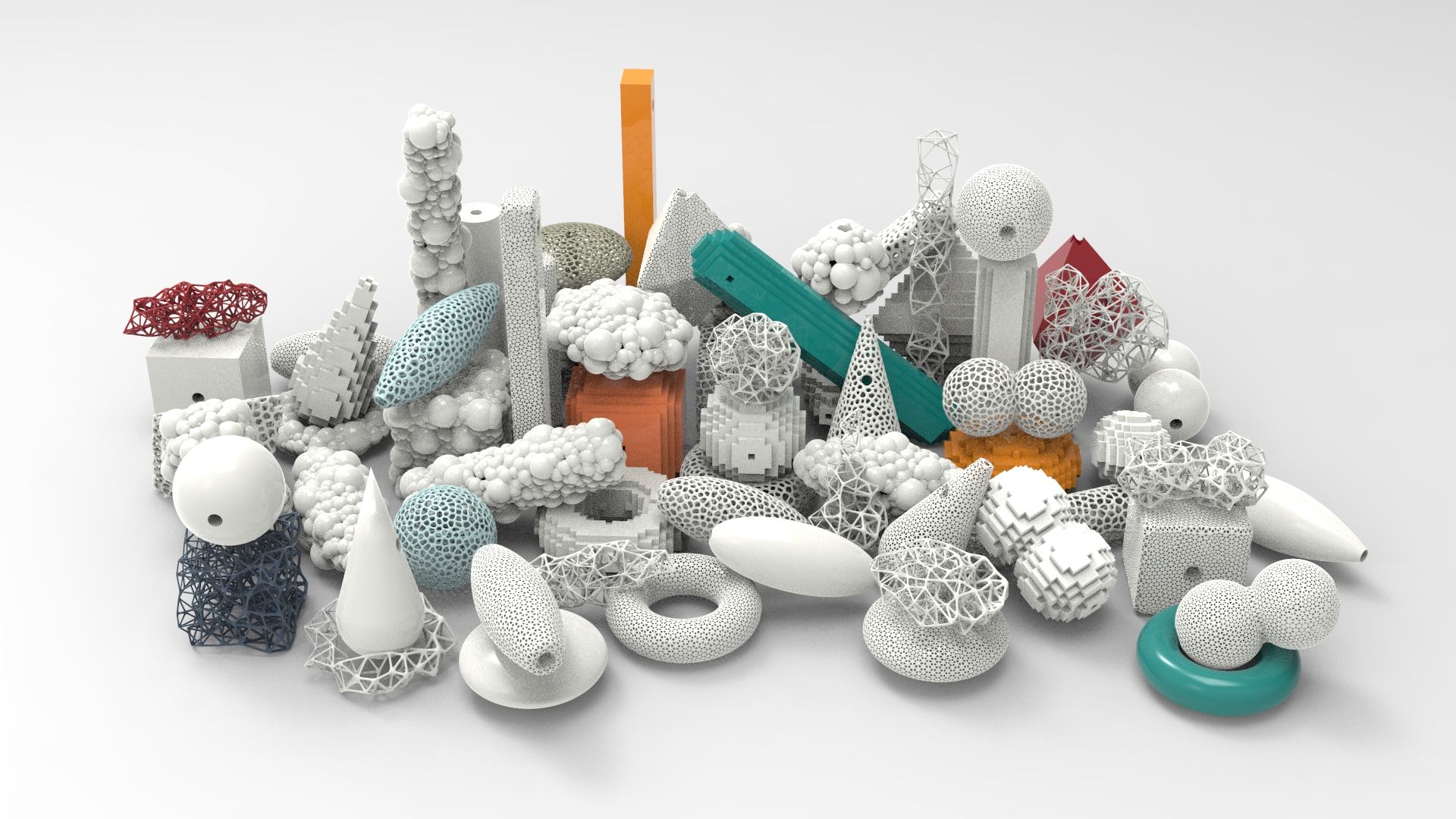
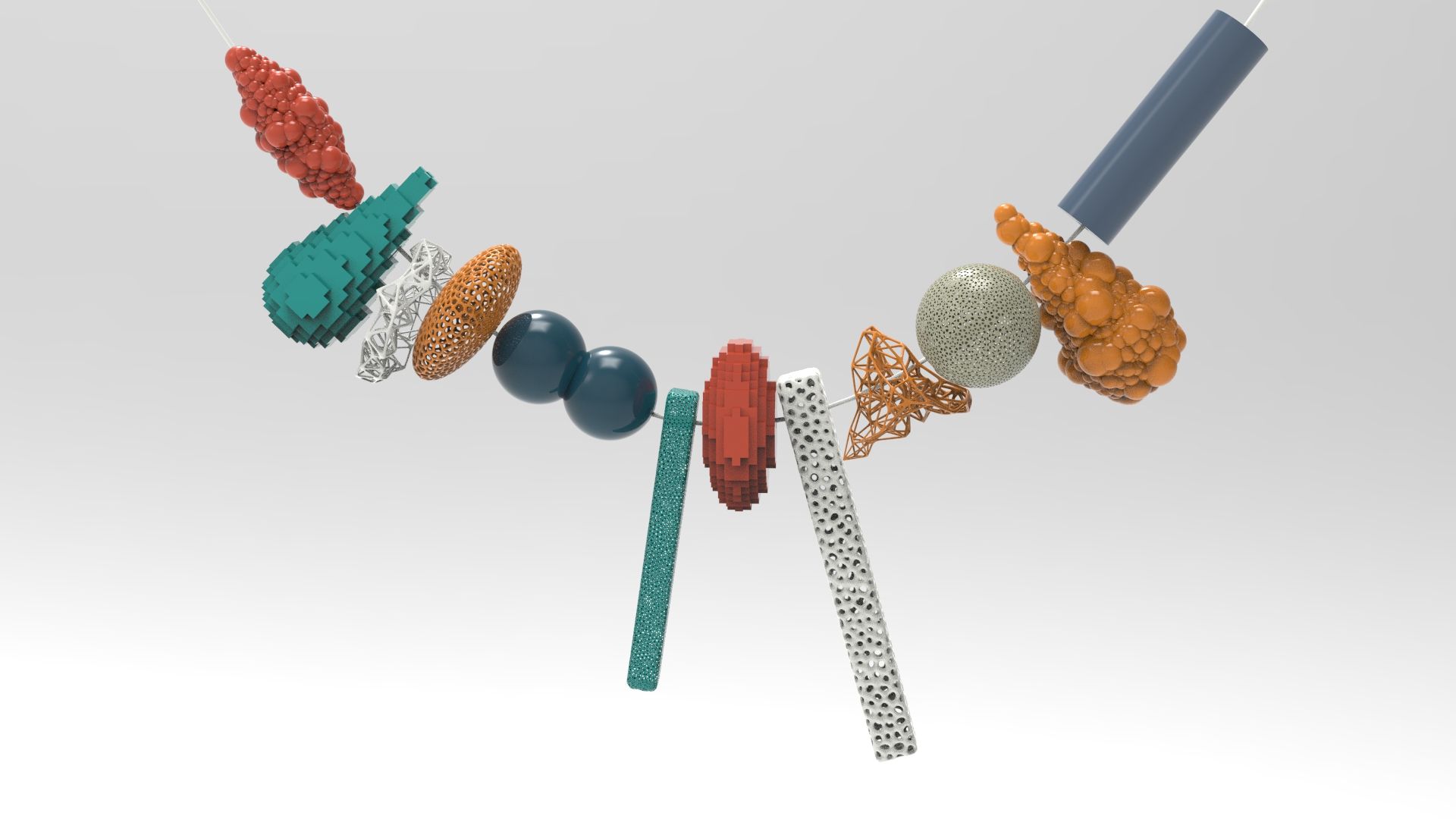

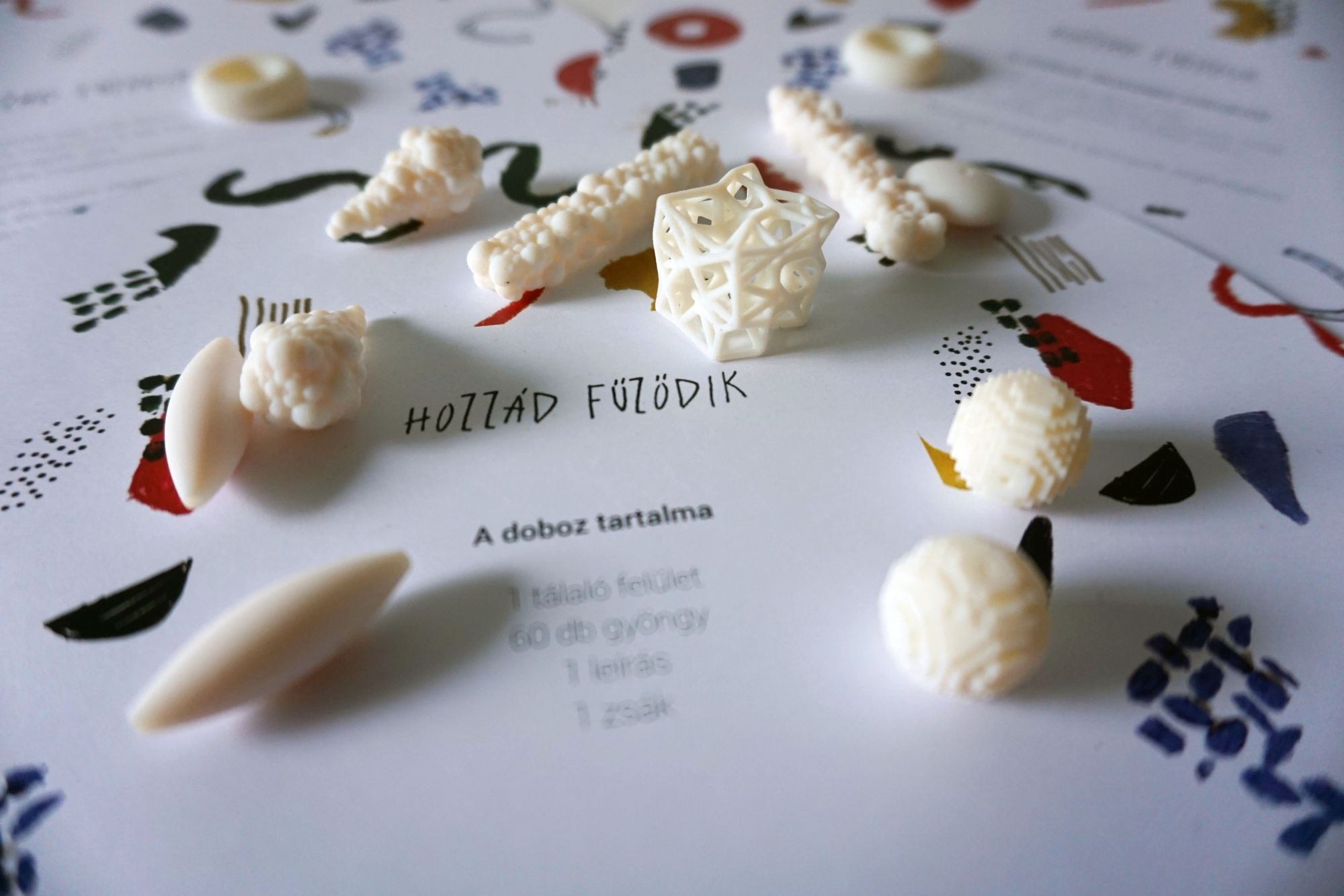

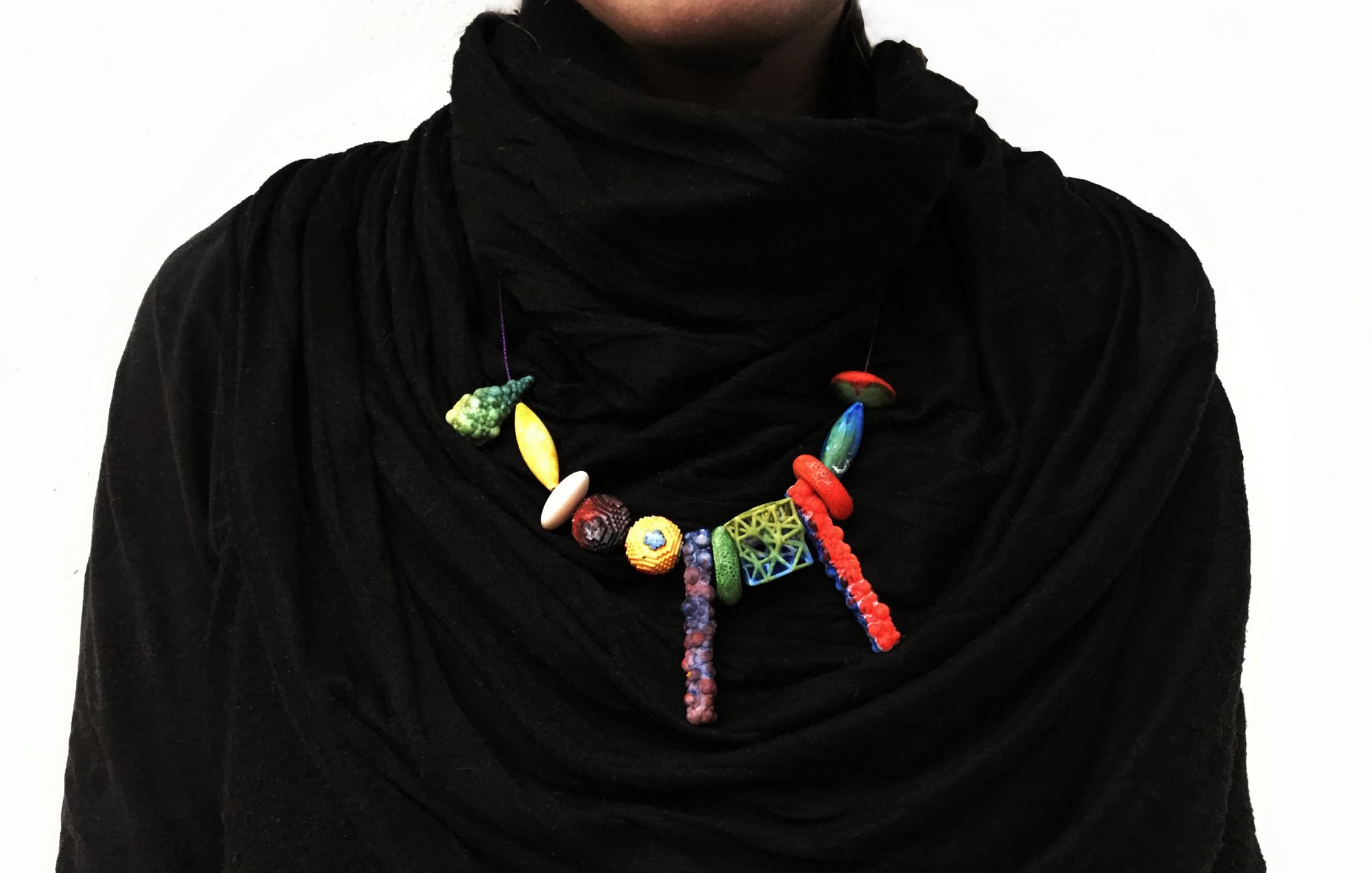
Rebeka Erdei | Web
(1) Itten, J. (1961) Kunst der Farbe, Subjektives Erleben und objektives Erkennen als Wege zur Kunst, complete illustrated text, Otto Maier, Ravensburg.
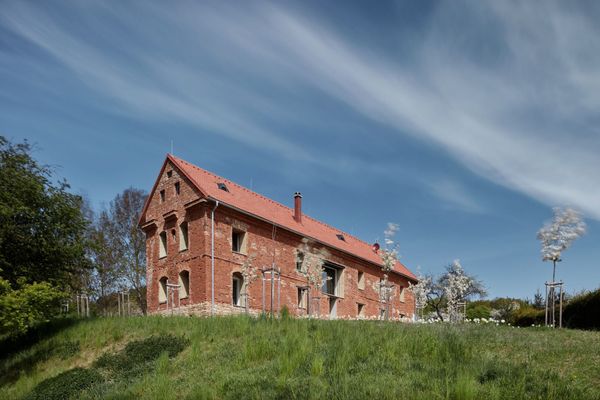
New house inside a ruin | ORA architects
